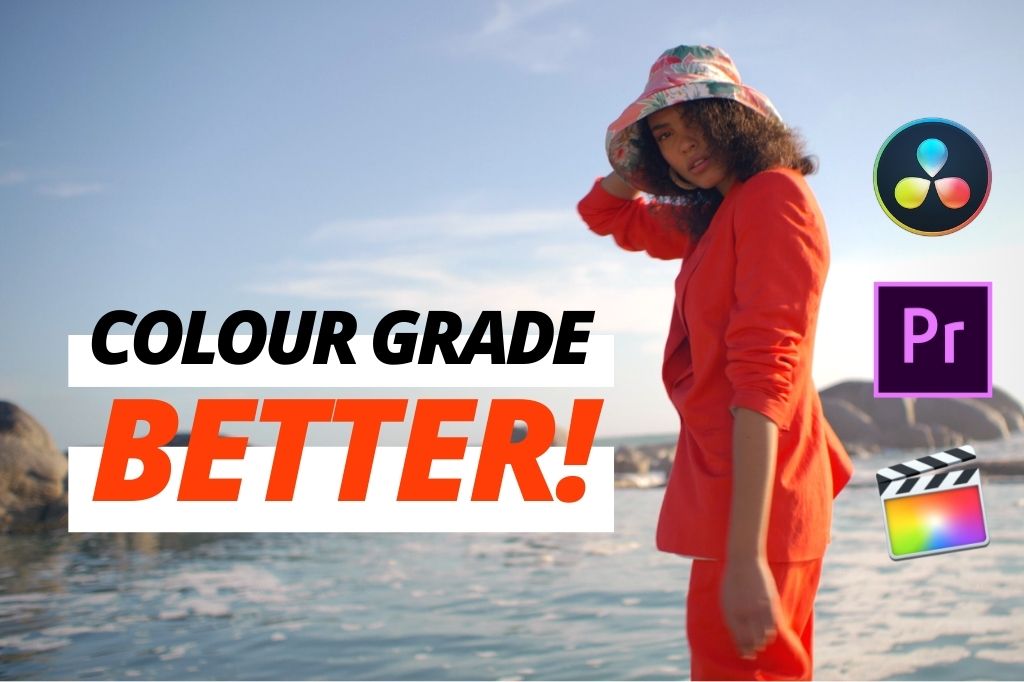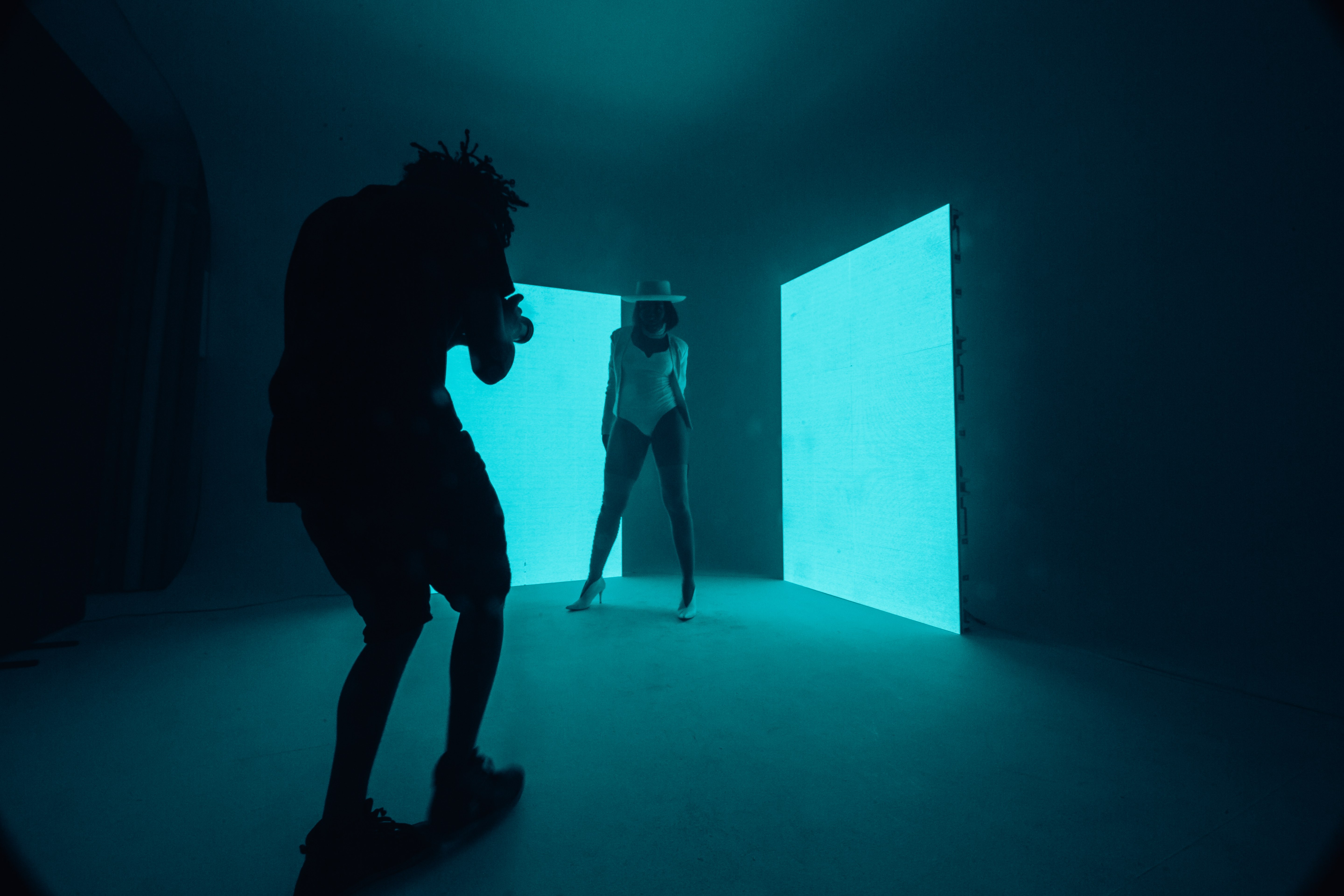Have you ever gotten into post, tried to colour grade some of your footage and then wondered why your videos don’t look like a film?
There are the obvious factors, of course. You may not have access to a professional lighting setup and we are almost certain that you don’t have the budget for cinema-grade costume and set design!
However, we are not referring to these distinctions in production quality. We’re talking about the actual in-camera technical specifications and available settings that determine the quality of your video footage before you have even started shooting.
Diving into why your videos don’t look like a film can be really intimidating for those who aren’t aware of some foundational digital imaging principles that limit the caliber of video that your camera is able to produce. Luckily, our resident video content producer and professional colourist, Jess Semple, is here to help get you started on this voyage of technical discovery.
Jess has been practicising a colourist since late 2018 and has worked on commercials, lifestyle videos, student short films and fashion ads. As she explains, colourists have a unique persepctive on why some video clips look the way they do and what you can do to make them look better.
In this latest educational video on OrmsTV, our YouTube channel, Jess shares the inside scoop on why your videos don’t look like a film, breaking down the key technical factors into digestible chunks for videography newbies. The video covers:
- dynamic range and why video footage never looks like what our eyes can see,
- colour spaces and the differences between DSLRs and high-end cinema cameras,
- gamma curves and why log beats linear every single time,
- bit depth, which is the greatest contributor to why your DSLR video footage falls apart when you try to color grade it,
- and colour sampling and why this prevalent method of compression causes your videos to not look like a film.
We recommend watching the full video to really sink your teeth into this hefty dose of knowledge! You can find the video HERE on our YouTube channel.
WANT TO LEARN FILMMAKING? START HERE.
If you want to start shooting professional, cinematic video on any camera, the first technical step is understanding frame rates. Check out this video in our Videography For Beginners series where Jess unpacks all things frame rates, including their enthralling history, the science behind moving images and how to choose the correct frame rate for what you would like to capture.
You can also dive more into the theory side of things with us if you aren’t ready to get into the technical components of filmmaking yet. Try this blog post where we curated a list of free online resources that will improve your visual literacy, or this one with a collection of South African short films that will open your eyes to the wonders of local filmmaking.








